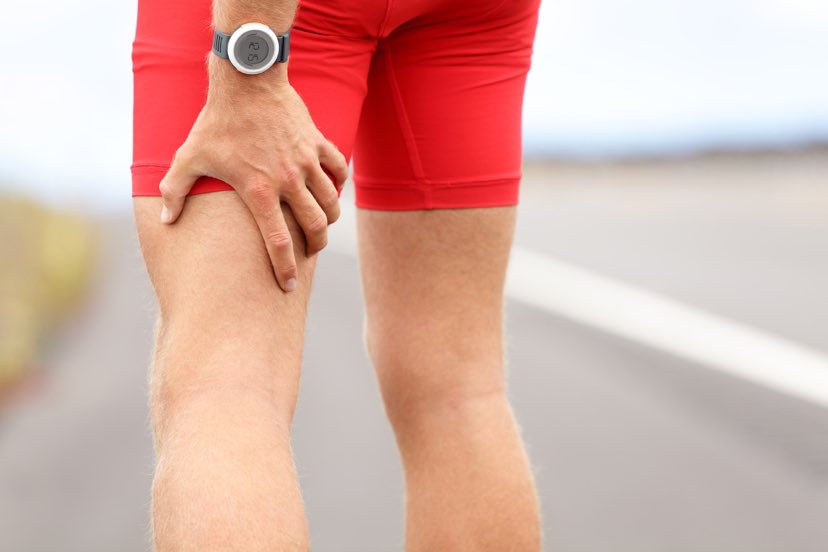Reducing the risk of a hamstring strain
The footy season is back in 2021! It's a great sight to see large crowds back watching the AFL, but perhaps what's even greater is the return of local footy. However, a shortened pre-season, coupled with a year of sitting out due to COVID, potentially brings the return of one of the most common injuries in AFL and other sporting codes alike. This of course would be hamstring strains. These are a group of three muscles of the backside of the thigh, all of which attach from the bottom of the pelvic bones and insert into certain aspects of the knee. Their main function is to bend the knee, while also having a role in extending the hip joint. In a sporting context, the hamstring's most important role is to generate force off the ground during the pushing off phase of running and then aiding in decelerating the leg for changing direction. Here are a few key tips to keep those hamstrings strong and keep you on the field as much as possible throughout the season! 1. Run,run,run While this may surprise some, recent research has suggested that adding regular and gradual sprinting/fast running into your program actually demonstrates better results in hamstring injury prevention compared to hamstring exercises alone. Of course, hamstring and lower leg exercises are very important for prevention of hamstring injuries (as discussed below), so combining these with a sprinting program is your best bet for reducing injury risk. 2. Less stretching, more strengthening Commonly, we see athletes trying to stretch out their hamstring if it's feeling a bit tight. While this sometimes isn't necessarily a bad thing to be doing, the focus should be centred around strengthening primarily instead of strengthening. For instance, the research out there suggests that hamstring and ankle flexibility has a low risk factor to having a hamstring strain. Instead, it is highly encouraged to incorporate exercises that strengthen the hamstrings in both their functions (hip extending and knee bending). Such exercises include nordics, romanian deadlifts, knee flexion gym machines etc. Furthermore, it is also important to strengthen the other major muscle groups of the legs, including the glutes, quads and calf muscles. 3. If you've had a calf injury, get those calves strong!! Another interesting research finding, which found that those who have had a calf injury have an increased risk of suffering from a hamstring strain by 50%! That's quite a large number, so make sure you effectively do your calf rehab if you need it! 4. Load management This is a rather broad topic, which could take quite a bit of time to discuss. In basic terms, anyone that is doing any form of exercise should try and focus on gradually building up load of the exercise they are doing. This is because sudden increases in weekly training volume are a major risk factor for just about any injury. Therefore, during pre-season, its ideal to aim to increase training load of one variable (duration,intensity, weight being lifted etc.) by 5-10% every 2-3 weeks. During the season, it is best to stay in a maintenance phase where your strength training load relatively remains unchanged. If you are battling any hamstring tightness, have just recently had a hamstring strain in your sport, or are interested in building a solid strength training and hamstring injury prevention program, feel free to book in with one of our physios and they will be more than happy to help!

